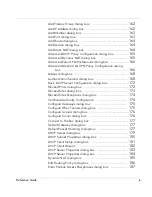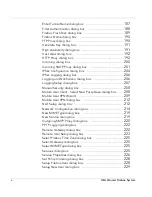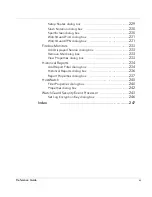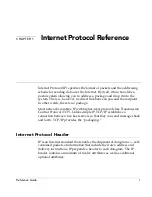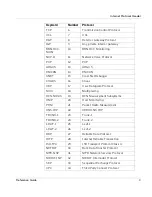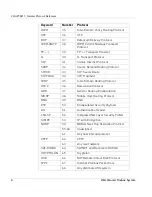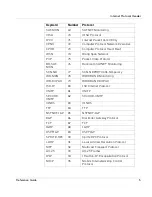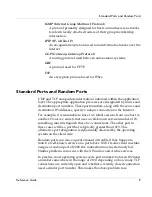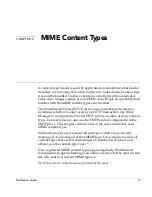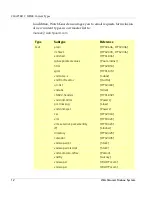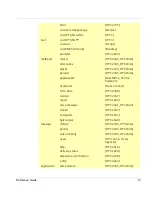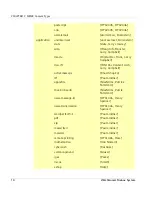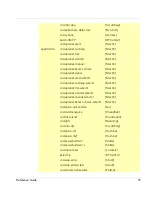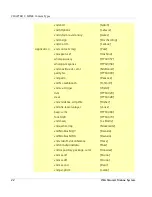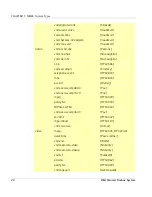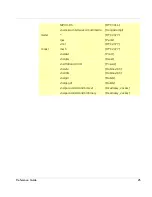
Reference Guide
11
CHAPTER 2
MIME Content Types
A content-type header is used by applications to determine what kind of
data they are receiving, thus allowing them to make decisions about how
it should be handled. It allows clients to correctly identify and display
video clips, images, sound, or non-HTML data. People are probably most
familiar with the MIME content types sent in email.
The WatchGuard Proxied HTTP service uses content-type headers to
determine whether to allow or deny an HTTP transaction. Use Policy
Manager to configure the Proxied HTTP service to allow or deny content-
types. Content types are also used in SMTP and are configurable in the
SMTP proxy. This chapter contains a list of the more commonly used
MIME content-types.
Wildcards may be used to select all subtypes within a type, thereby
denying all or allowing all of that MIME type. For example, to allow all
content-types that are text (including text/enriched, text/plain, and
others), use the content-type
text/*
.
New, registered MIME content types appear regularly. WatchGuard
recommends frequent checking of an online reference for the most current
list. One source of current MIME types is:
ftp://ftp.isi.edu/in-notes/iana/assignments/media-types
Summary of Contents for Firebox X1000
Page 1: ...WatchGuard Firebox System Reference Guide WatchGuard Firebox System...
Page 12: ...xii WatchGuard Firebox System...
Page 22: ...CHAPTER 1 Internet Protocol Reference 10 WatchGuard Firebox System...
Page 38: ...CHAPTER 2 MIME Content Types 26 WatchGuard Firebox System...
Page 92: ...CHAPTER 5 Common Log Messages 80 WatchGuard Firebox System...
Page 118: ...CHAPTER 8 Firebox Read Only System Area 106 WatchGuard Firebox System...
Page 164: ...CHAPTER 9 Glossary 152 WatchGuard Firebox System...

